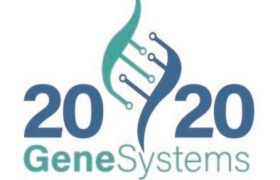Recommendations for Follow Up After OneTest™
Leukemia
Symptoms:
- Fatigue or weakness
- Fever or chills
- Frequent infections
- Unexplained weight loss
- Easy bruising or bleeding
- Swollen lymph nodes, especially in the neck or armpits
- Enlarged liver or spleen
- Bone pain or tenderness
- Night sweats
- Shortness of breath
Signs:
- Enlarged liver or spleen
- Enlarged lymph nodes, especially in the neck or armpits
- Petechiae (small red or purple spots on the skin)
- Ecchymosis (bruising)
- Pallor (pale skin)
Risk Factors
- Previous Cancer Treatment: Previous treatment with chemotherapy or radiation therapy increases the risk.
- Genetic disorders: Certain genetic disorder, such as Down Syndrome, increase the risk.
- Family History: Having a first-degree relative (parent, sibling, or child) with leukemia increases the risk.
- Smoking: Smoking increases the risk of acute myeloid leukemia (AML).
- Exposure to certain chemicals: Exposure to benzene or certain chemotherapy drug increases the risk.
- Exposure to high levels of radiation: Exposure to high levels of radiation, such as from a nuclear accident or atomic bomb, increases the risk.
- Certain blood disorders: certain blood disorders, such as myelodysplastic syndrome (MDS) or myeloproliferative neoplasms (MPNs), increase the risk
Other Screening Tools:
- Complete blood count (CBC): Recommended for individuals with risk factors for leukemia or symptoms suggestive of leukemia.
- Bone marrow biopsy: Recommended if abnormalities are detected during a CBC or if leukemia is suspected.
- Imaging tests (CT scan, MRI): Recommended for individuals with risk factors for leukemia or symptoms suggestive of leukemia
Next Exam(s) To Do
- Bone Marrow Biopsy: If OneTest indicates elevated predictive risk for leukemia, a bone marrow biopsy would be performed for further evaluation. This procedure involves taking a small sample of bone marrow from the hip bone or sternum and examining it under a microscope to look for abnormal cells.
Navigation
Copyright © 2023 | OneTest™ for the Early Detection of Cancers | All Rights Reserved.


